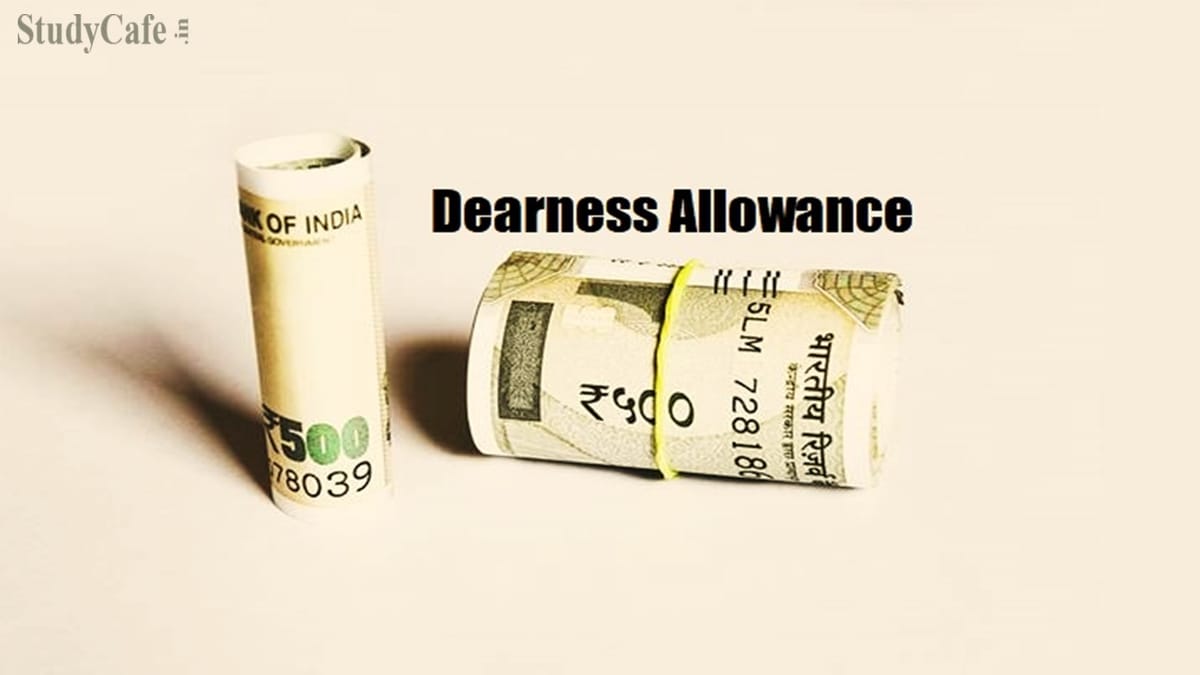Deepshikha | Mar 2, 2022 |

Dearness Allowance: Types, Calculation, Taxation and More
If you’re a salaried employee, you’ve probably heard about the dearness allowance. Basic fixed pay plus a few allowances make up your compensation. Your take-home pay is the sum of your base pay and allowances. It’s a monetary reward given to compensate for growing inflation costs.
Dearness allowance is a government-provided cost-of-living adjustment for government employees and retirees. Government employees’ effective salaries must be increased regularly to keep up with rising prices. Despite the government’s best efforts, prices fluctuate according to market conditions, therefore only partial success has been achieved. As a result, the government must ensure that its employees are protected from the detrimental effects of inflation. Inflation has a different impact depending on where an employee works. As a result, depending on whether a person works in an urban, semi-urban, or rural setting, DA varies.
Employees in the Central Government’s public sector are covered by IDA. The Central Government adjusts IDA quarterly to account for rising inflationary costs. The consumer price index is used to calculate the quarterly revision. The IDA for the public sector has been increased by 5% by the central government.
Employees of the Central Government are covered by the VDA. Unlike the IDA, the VDA is subject to six-monthly revisions. To counterbalance the cost of inflation, such a revision is made according to the consumer price index. VDA is made up of three parts: a base index, a consumer price index, and a prefixed variable DA. For a set period, the base index is fixed. Every month, the consumer price index fluctuates, affecting the feasible allowance. The central government prefixes the variable DA. Until and unless the Central Government modifies the basic minimum pay, this component remains unchanged.
The formula for calculating dearness allowance was revised by the Central Government from 2006. The formula for central government personnel, public sector employees, and retirees is as follows.
Dearness Allowance % = ((Average of AICPI (Base Year 2001=100) for the past 12 months -115.76)/115.76) *100
Dearness Allowance % = ((Average of AICPI (Base Year 2001=100) for the past 3 months -126.33)/126.33) *100
The pension amount for retired public-sector personnel is adjusted every time the pay commission introduces a new compensation structure. Similarly, whenever the dearness allowance is adjusted, the change is reflected in the amount of pension that retirees get. This adjustment applies to both regular and family pensions.
A metric for measuring inflation is the consumer price index or CPI. The Consumer Price Index (CPI) is a measure of retail inflation that gathers information on the prices of goods and services purchased by the country’s retail population. A rise in the price level of a certain basket of goods and services during a specific period is defined by the CPI. It is a macroeconomic statistic that is used to calculate inflation. It is used by the Reserve Bank of India, as well as the central and state governments, to ensure money supply and price stability.
In the hands of the employee, the component of the dearness allowance is taxable under the head salary. The taxpayer must mention it separately on his or her income tax return. The exact breakdown of the salary earned can be found on Form 16. When preparing the ITR, the taxpayer must refer to Form 16 for a correct estimate.
The pay commission must analyse and change the salaries of public sector employees based on the various components that make up an employee’s ultimate remuneration. As a result, Pay Commissions take DA into account when producing subsequent pay commission reports. They are in charge of taking into account all of the criteria that go into determining compensation. This also necessitates a regular review and revision of the multiplication factor used to calculate DA.
Yes, dearness allowance is taxable in the hands of employees under their head pay. The dearness allowance is not free from taxation. It is taxable at the slab rate and is included in the total salary income.
No, the dearness allowance and the housing allowance are not the same things. The dearness allowance is a government-mandated payment that compensates public-sector employees for the cost of inflation. HRA, on the other hand, is compensation for public and private-sector employees who need to rent a place to live. In the hands of the employees, both are taxable. HRA, on the other hand, is eligible for a tax break.
In case of any Doubt regarding Membership you can mail us at contact@studycafe.in
Join Studycafe's WhatsApp Group or Telegram Channel for Latest Updates on Government Job, Sarkari Naukri, Private Jobs, Income Tax, GST, Companies Act, Judgements and CA, CS, ICWA, and MUCH MORE!"